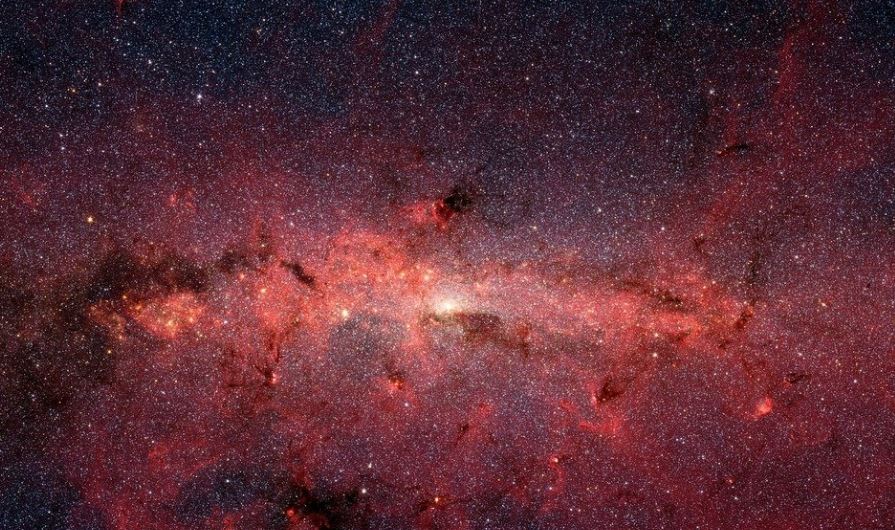NASA has released a huge new report that astronomers are calling Hubble’s magnum opus. Analyzing 30 years of data from the famous space telescope, the new study makes the most precise measurement yet of how fast the universe is expanding.
Astronomers have known for the better part of a century that the universe is expanding, thanks to the observation that galaxies are moving away from us – and the farther away they are, the faster they’re traveling. The speed at which they’re moving, relative to their distance from Earth, is a figure called the Hubble constant, and measuring this value was one of the primary missions of the space telescope of the same name.
The stone head of Guatemala that history wants to forget
To measure the Hubble constant, astronomers study distances to objects whose brightness is known well – that way, the dimmer it appears, the farther away it is. For relatively close objects within our galaxy or in nearby ones, this role is filled by Cepheids, a class of stars that pulse in a predictable pattern. For greater distances, astronomers use what are called Type Ia supernovae – cosmic explosions with a well-defined peak brightness.

In the last few decades, measurements of these objects has allowed astronomers to calculate the Hubble constant to be around 70 km (43.5 miles) per second per megaparsec (/s/Mpc). Essentially, a galaxy one megaparsec (about 3.3 million light-years) from Earth will be moving away at 70 km per second, and that speed grows by 70 km/s for each megaparsec away.
Read more: New Atlas




































